How To Kniting Manufacture Wool Yarn
 Aug 14,2024
Aug 14,2024

 Evelyn Shi
Evelyn Shi
The Ultimate Guide to Knitting Yarn: Everything You Need to Know
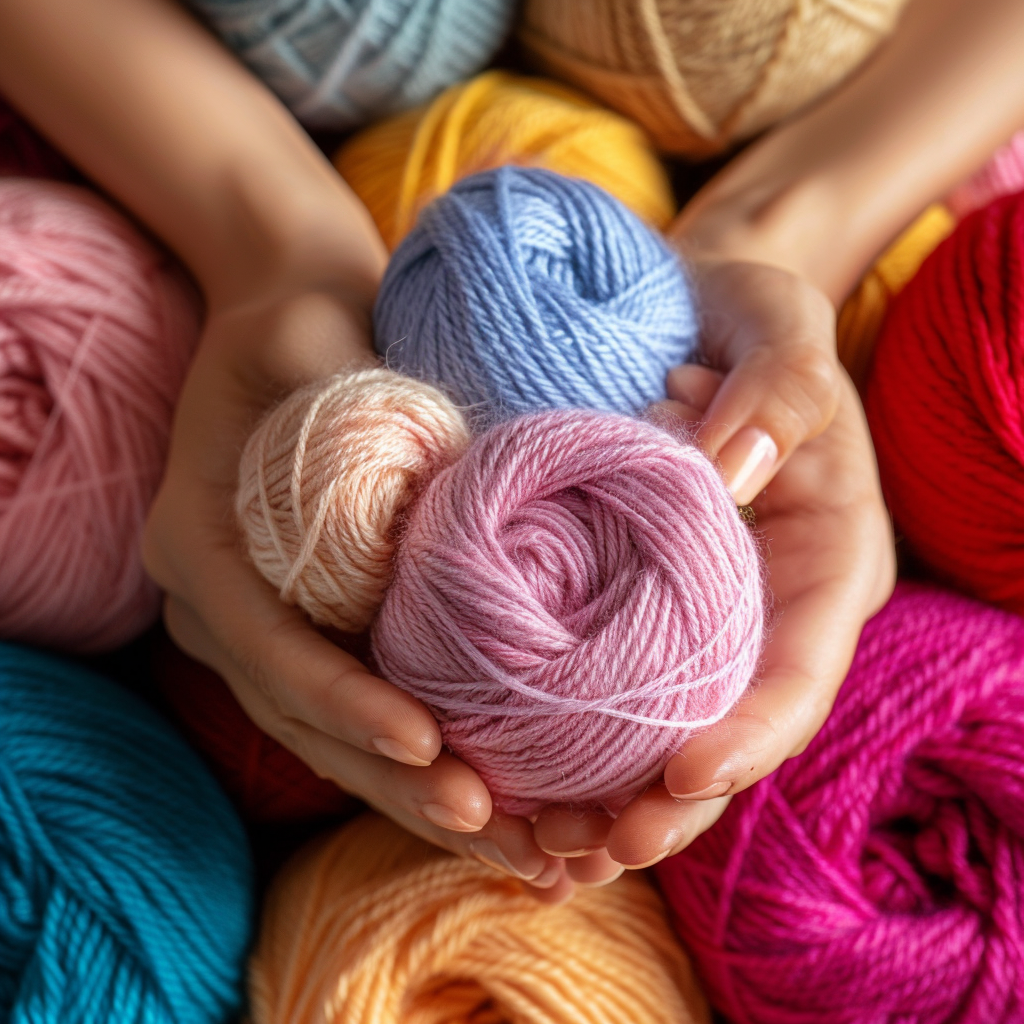
- Introduction
- Overview of knitting yarn
- Importance of choosing the right yarn
- What is Knitting Yarn?
- Definition and basic understanding
- Different types of fibers used in yarn
- Types of Knitting Yarn
- Natural Fibers
- Wool
- Cotton
- Silk
- Synthetic Fibers
- Acrylic
- Polyester
- Nylon
- Natural Fibers
- How to Choose the Right Yarn for Your Project
- Factors to consider
- Yarn weight and thickness
- Fiber content and its impact
- Yarn Weights and Their Uses
- Lace Weight
- Fingering Weight
- Sport Weight
- Worsted Weight
- Bulky Weight
- Understanding Yarn Labels
- How to read a yarn label
- Key information to look for
- Popular Knitting Yarn Brands
- High-quality yarn brands to consider
- Budget-friendly options
- Eco-Friendly and Sustainable Yarn Options
- Importance of sustainability in knitting
- Brands that focus on eco-friendly practices
- Caring for Your Knitted Items
- How to wash and store different types of yarn
- Tips for prolonging the life of your knitwear
- Common Mistakes to Avoid When Choosing Yarn
- Pitfalls and how to avoid them
- How to Substitute Yarn in a Pattern
- Tips for successful yarn substitution
- Yarn Dyeing Techniques
- Hand-dyed vs. machine-dyed yarn
- How dyeing affects yarn properties
- Knitting Yarn Accessories
- Must-have tools and gadgets
- Where to Buy Knitting Yarn
- Online vs. Manufacture custom
- Tips for finding the best deals
- Conclusion
- Recap of key points
- Encouragement to explore different yarns
Introduction
Knitting is more than just a hobby; it’s a form of art that allows you to create beautiful, functional pieces from scratch. One of the most crucial elements in knitting is the yarn you choose. With so many types and brands available, picking the right yarn can be a daunting task. But don't worry—this guide will walk you through everything you need to know about knitting yarn, from the different types available to how to care for your finished pieces.
What is Knitting Yarn?
Knitting yarn is the material used to create knitted fabric. It’s made up of fibers that are spun together to form a continuous thread. These fibers can come from a variety of sources, including animals, plants, and synthetic materials. Understanding the different types of yarn available is essential for any knitter, whether you're a beginner or an experienced pro.
Types of Knitting Yarn
When it comes to yarn, not all are created equal. The type of yarn you choose will significantly affect the look, feel, and durability of your finished product. Let’s break down the most common types of knitting yarn by fiber content.
Natural Fibers
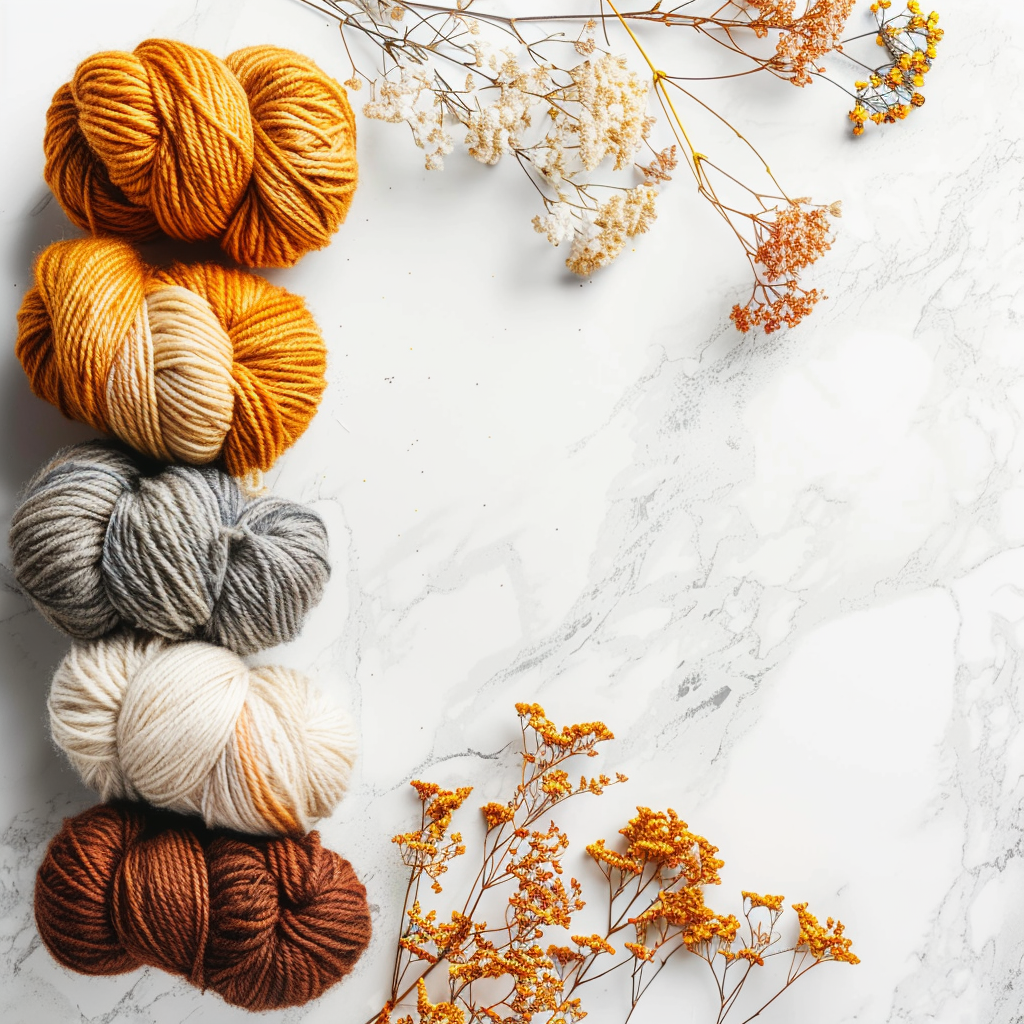
Wool: Wool is perhaps the most popular natural fiber for knitting. It’s warm, durable, and has a natural elasticity that makes it easy to work with. Wool is also breathable, making it suitable for both cold and warm climates.
Cotton: Cotton yarn is soft, breathable, and absorbent, making it perfect for summer garments and accessories. However, it lacks the elasticity of wool, so it may require a bit more attention when knitting.
Silk: Silk yarn is luxurious, strong, and has a beautiful sheen. It’s perfect for lightweight garments and accessories. However, silk can be slippery and more challenging to knit with than other fibers.
Synthetic Fibers
Acrylic: Acrylic yarn is an affordable and versatile option for knitters. It’s available in a wide range of colors and is easy to care for, making it a popular choice for beginners and for projects that require frequent washing.
Polyester: Polyester yarn is durable and resistant to wrinkles and shrinkage. It’s often blended with other fibers to add strength and durability to the yarn.
Nylon: Nylon is another synthetic fiber that’s often blended with others to increase durability. It’s commonly used in sock yarn due to its strength and elasticity.
How to Choose the Right Yarn for Your Project
Choosing the right yarn involves more than just picking a color you like. Several factors should be considered to ensure your finished project turns out as expected.
Yarn Weight and Thickness
Yarn weight refers to the thickness of the yarn, which directly impacts the size of the stitches and the overall look of your project. Yarn weights range from super fine lace weight to bulky weight, with each weight serving different purposes.
Fiber Content and Its Impact
The fiber content of the yarn affects the texture, warmth, and drape of your finished piece. For example, wool yarn will create a warm, cozy fabric, while cotton will result in a lighter, more breathable garment.
Yarn Weights and Their Uses
Understanding the different yarn weights will help you choose the right one for your project.
Lace Weight
Lace weight yarn is the thinnest yarn available and is typically used for delicate, intricate projects like shawls and doilies.
Fingering Weight
Fingering weight yarn is slightly thicker than lace weight and is often used for lightweight garments, socks, and baby items.
Sport Weight
Sport weight yarn is a versatile middle-ground option that’s perfect for lightweight sweaters, hats, and scarves.
Worsted Weight
Worsted weight yarn is one of the most popular yarn weights, ideal for a wide range of projects from blankets to sweaters. It’s easy to work with and creates a sturdy, warm fabric.
Bulky Weight
Bulky weight yarn is thick and works up quickly, making it perfect for cozy blankets, chunky scarves, and warm hats.
Understanding Yarn Labels
Before you start knitting, it’s essential to understand how to read a yarn label. A yarn label provides crucial information, including the yarn’s weight, fiber content, recommended needle size, and care instructions. This information will help you choose the right yarn for your project and ensure your finished piece turns out as expected.
Eco-Friendly and Sustainable Yarn Options
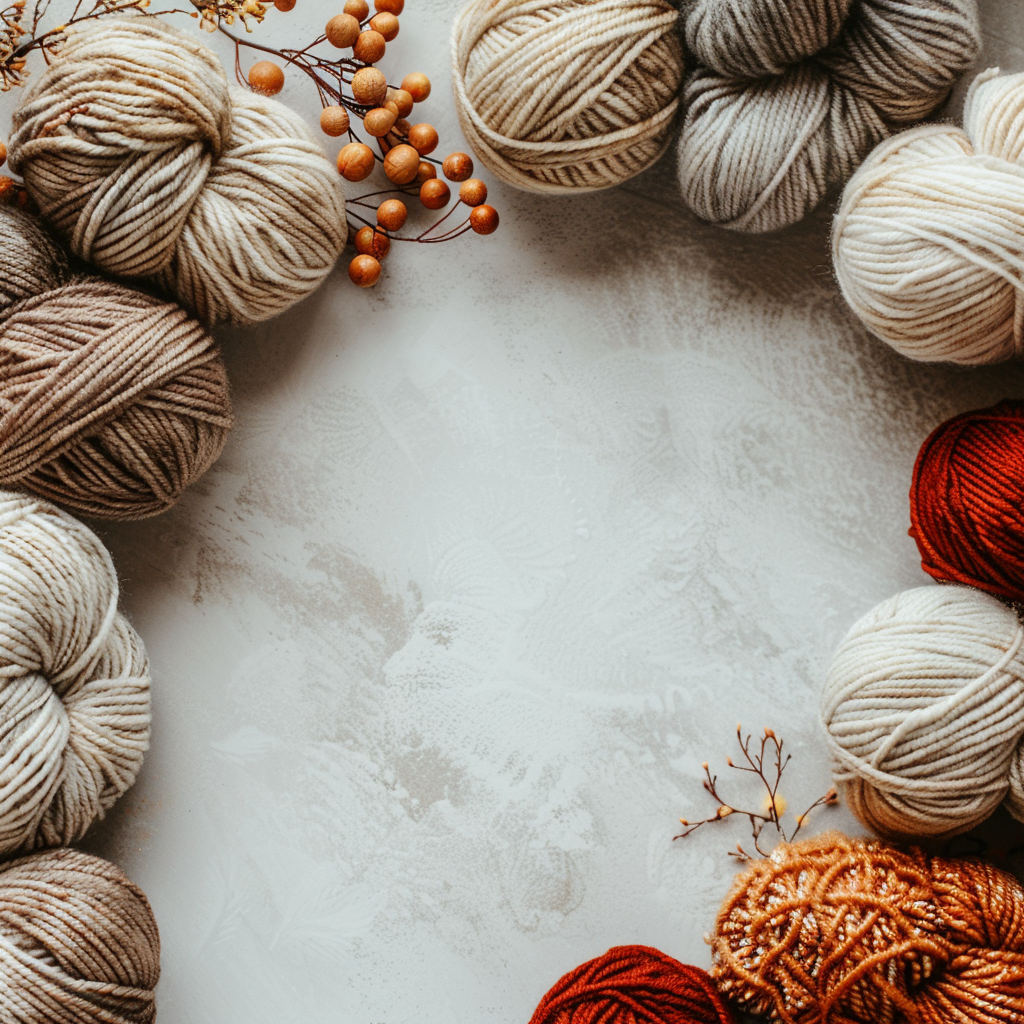
As awareness of environmental issues grows, more knitters are seeking out eco-friendly and sustainable yarn options. These yarns are made from organic or recycled materials and are produced in ways that minimize environmental impact.
- Blue Sky Fibers: Offers a range of organic and sustainable yarns.
- Quince & Co.: Known for its commitment to environmentally friendly practices, Quince & Co. offers a wide range of yarns made from natural fibers.
Caring for Your Knitted Items
Proper care is essential for keeping your knitted items looking their best. Different types of yarn require different care, so always check the label for washing and drying instructions.
- Wool: Hand wash in cold water and lay flat to dry to prevent felting.
- Cotton: Machine washable, but may shrink if dried in a dryer.
- Silk: Hand wash in cold water and lay flat to dry.
Common Mistakes to Avoid When Choosing Yarn
Choosing the wrong yarn can lead to frustration and disappointment. Here are some common mistakes to avoid:
- Not considering the yarn weight: The weight of the yarn affects the size of your stitches and the overall look of your project.
- Ignoring the fiber content: Different fibers behave differently, so it’s important to choose a yarn that’s appropriate for your project.
- Overlooking the yarn label: The label provides important information about the yarn that can help you choose the right one for your project.
How to Substitute Yarn in a Pattern
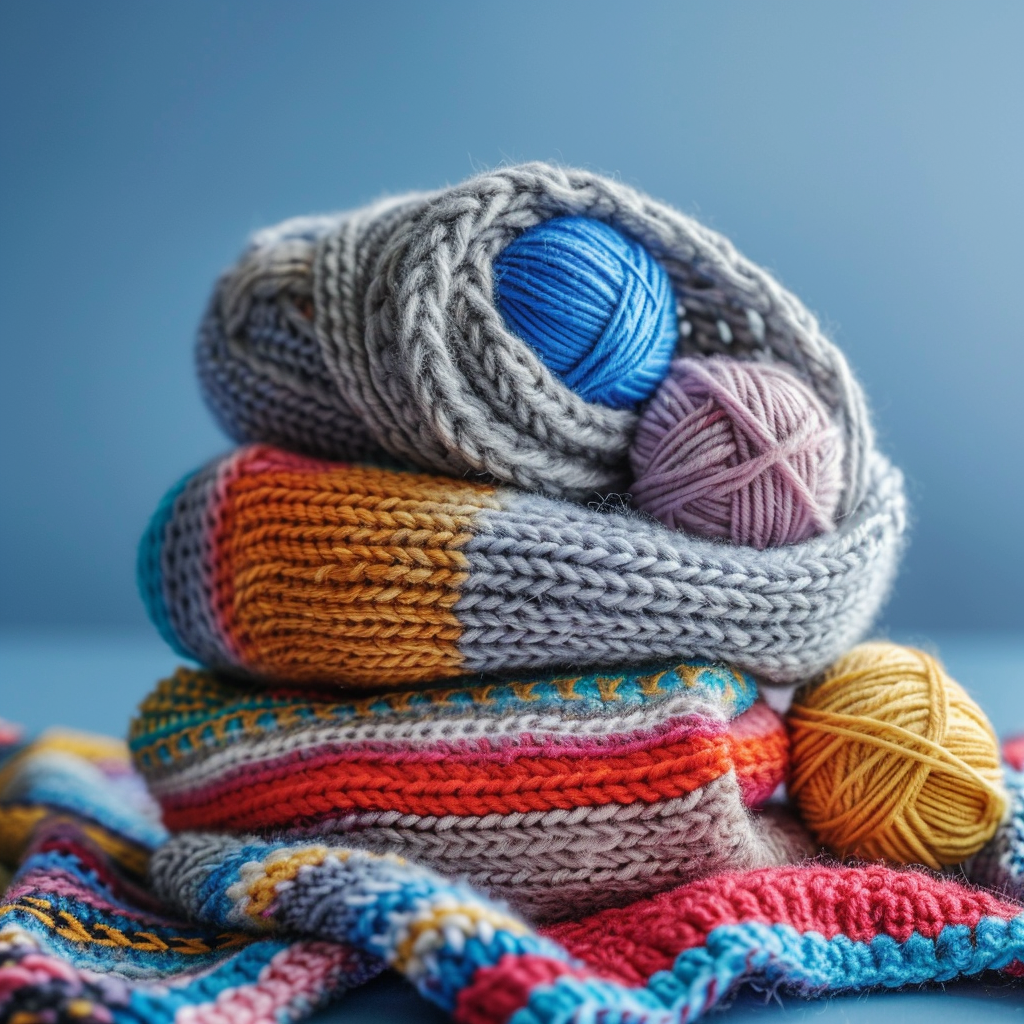
Sometimes you might not be able to find the exact yarn specified in a pattern. In these cases, substituting yarn can be tricky but doable.
- Match the yarn weight: Ensure the substitute yarn is the same weight as the original.
- Check the gauge: Knit a swatch to ensure the gauge matches the pattern.
- Consider fiber content: Choose a substitute with similar fiber content to maintain the look and feel of the finished piece.
Hand-dyed Yarn
Hand-dyed yarn is often prized for its uniqueness. Because it’s dyed in small batches, each skein has slight variations in color, giving your project a one-of-a-kind look. Hand-dyed yarns can range from subtle tonal variations to bold, multicolored skeins. This type of yarn is perfect for projects where you want to add a personal touch or create something truly special.
Machine-dyed Yarn
Machine-dyed yarn, on the other hand, is dyed in large quantities, resulting in consistent color across all skeins. This is ideal for projects where you need a uniform color throughout, such as large garments or blankets. Machine-dyed yarns are often more affordable than hand-dyed options and are available in a wider range of colors.
Knitting Yarn Accessories
To get the most out of your knitting experience, there are a few essential accessories you should consider adding to your toolkit.
- Stitch Markers: These small rings are placed on your knitting needle to mark specific stitches, rows, or pattern repeats. They’re especially useful for keeping track of your place in more complex patterns.
- Yarn Needle: Also known as a tapestry needle, this blunt-tipped needle is used to weave in the ends of your yarn after you’ve finished your project.
- Ball Winder: A ball winder is a handy tool that helps you wind your yarn into neat, easy-to-use balls. This is especially useful if you purchase yarn in skeins or hanks that need to be wound before use.
- Blocking Mats and Pins: Blocking is a technique used to shape and set your finished pieces. Blocking mats and pins allow you to stretch and pin your knitting to the correct dimensions while it dries.
Where to Buy Knitting Yarn
When it comes to purchasing yarn, you have two main options: buying online or shopping in-store. Each has its advantages and disadvantages.
Online Shopping
Buying yarn online offers the convenience of shopping from home and access to a vast selection of yarns from around the world. However, it can be challenging to assess the true color and texture of the yarn through a screen. Many online retailers offer detailed descriptions and user reviews to help you make an informed decision.
Manufacture order
When you make order from our company, you will experience unique service, from yarn sewing to finish, all process done by ourself, you will get the product exceed your expection.
Conclusion
Knitting yarn is the foundation of any knitting project, and choosing the right yarn is crucial for achieving the desired results. By understanding the different types of yarn, their properties, and how to care for them, you’ll be well-equipped to tackle any knitting project that comes your way. Don’t be afraid to experiment with different yarns and techniques—knitting is an art form, and the possibilities are endless.
FAQs
1. What is the best yarn for beginners?
For beginners, a worsted-weight yarn made from wool or acrylic is usually the best choice. It’s easy to work with, widely available, and creates a fabric that’s not too thick or too thin.
2. Can I substitute one type of yarn for another in a pattern?
Yes, but it’s important to match the yarn weight and check the gauge to ensure your project will turn out as expected. Also, consider the fiber content to maintain the look and feel of the finished piece.
3. How do I care for my hand-knit items?
Always follow the care instructions on the yarn label. Generally, hand-washing in cold water and laying flat to dry is the safest method for most hand-knit items.
4. What’s the difference between hand-dyed and machine-dyed yarn?
Hand-dyed yarn is dyed in small batches, resulting in unique color variations in each skein. Machine-dyed yarn is dyed in large quantities, ensuring consistent color across all skeins.
5. Where can I buy sustainable yarn?
As a brand manufacture with excellent experience in exporting to EU and USA market, we can meet you not only in top rated product, but also custom design and professional service.




 Home
Home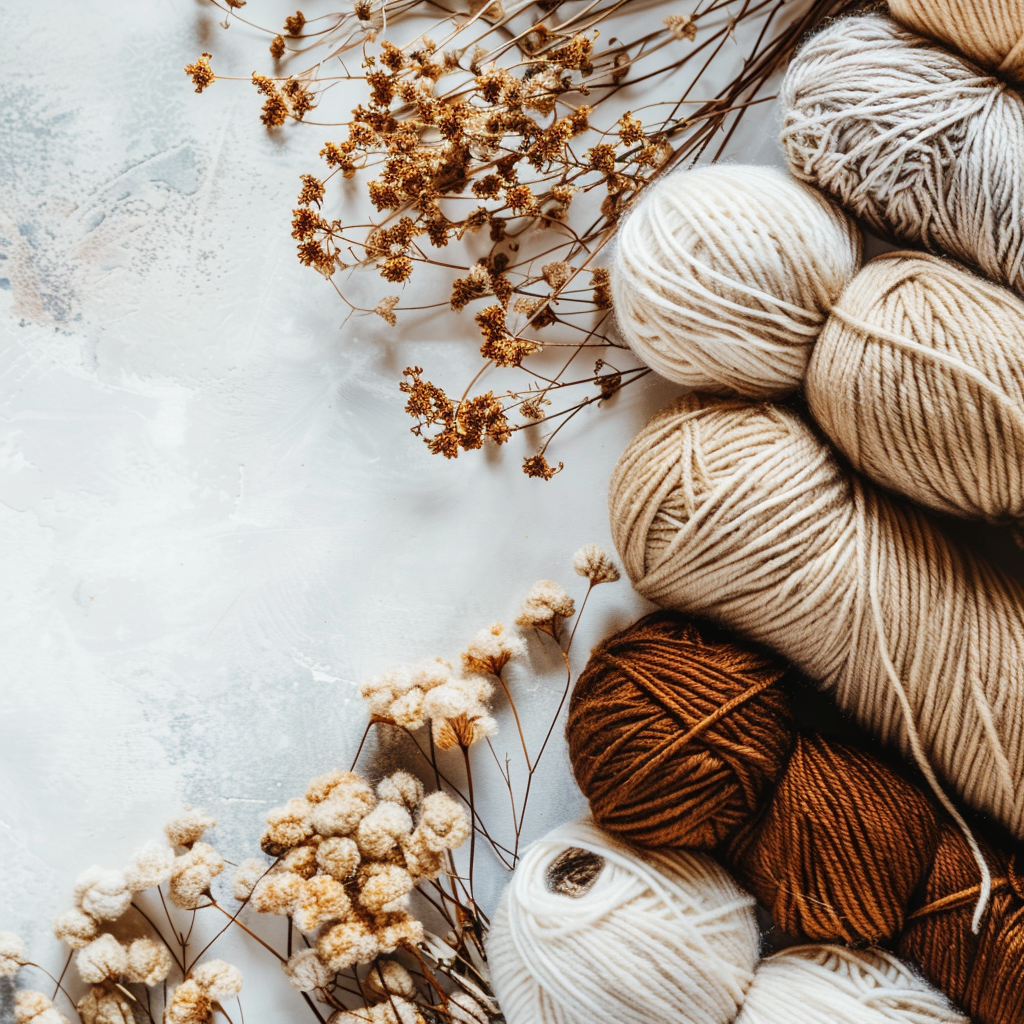
 How Understanding Baby Alpaca Yarn?
How Understanding Baby Alpaca Yarn?
 You May Also Like
You May Also Like
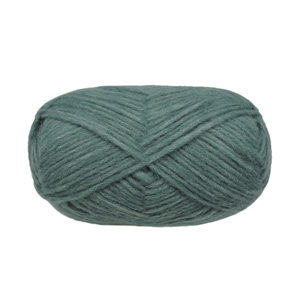

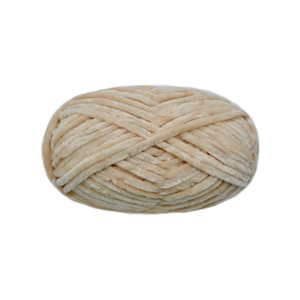

 Tel
Tel
 Email
Email
 Address
Address









